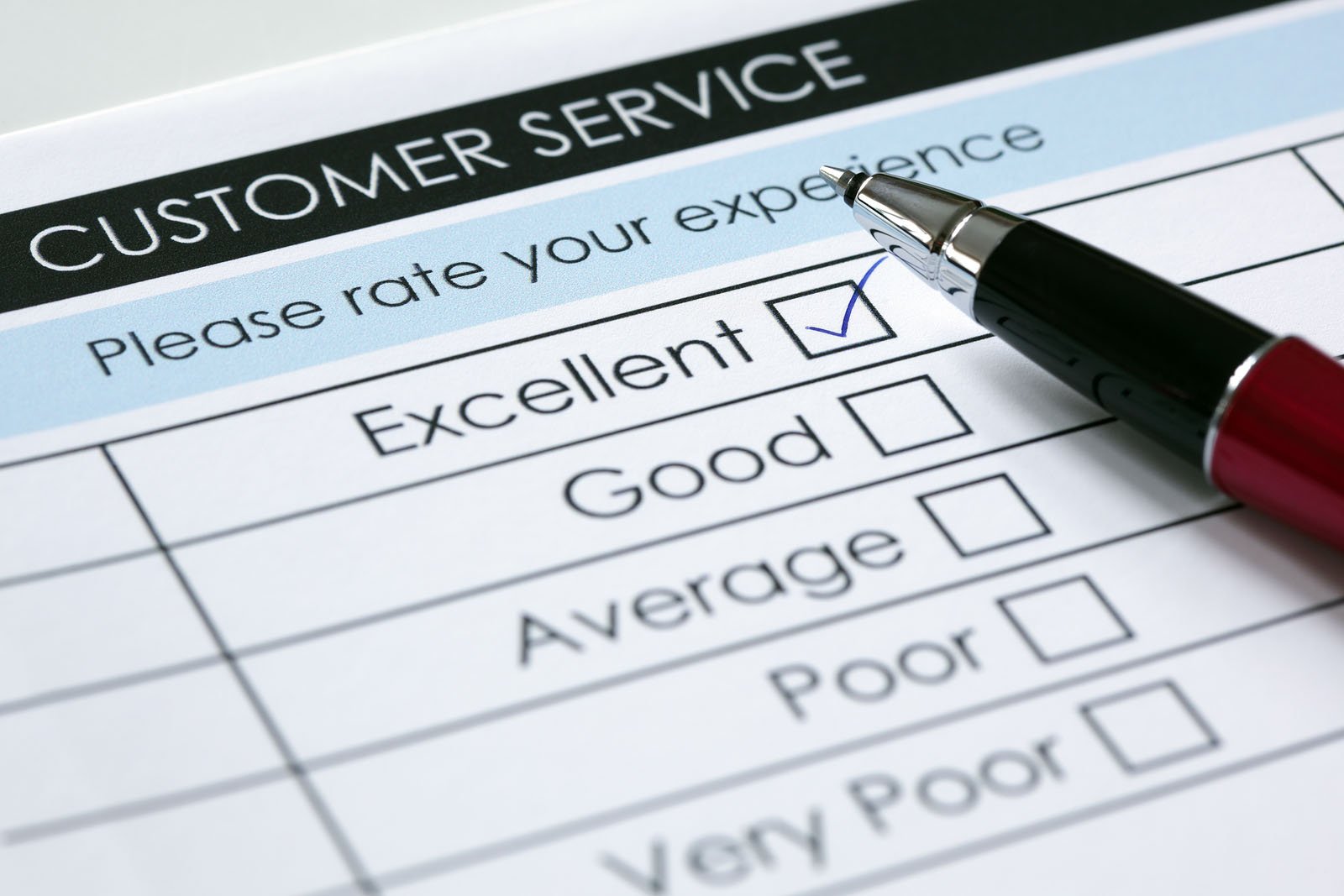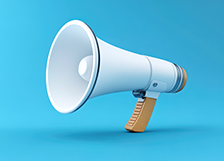Your customers will not be loyal to customer service
When I first started working in the public sector, “customer service” was being touted as the key to improve how government can improve. If we focused on happy customers, processes would have to change in order to keep them satisfied and coming back for more. President Clinton even had an aggressive goal in an executive order of determining what customers wanted, then measuring where current performance was and developing a plan to bridge the gap. The problem was, most of us built the wrong bridges.
To measure what customers wanted, we turned to surveys
Please rate us in the following areas on a scale of 1 to 5 — or, in my favorite government survey, from sad face to happy face. In my area, we collected surveys from all over and entered them in an Excel spreadsheet that would have made Bill Gates proud. The thing is, the scores were always the same: 4.2 on a 5 point scale. People were pretty happy with us on paper. However, our customers’ motto is that early Janet Jackson song, “What have you done for me lately?” Assuming we were asking the right questions to the right people, the survey scores never reflected the word on the street.
Time to train
Remember the “choose your way” books from, like, 6th grade? You read half a chapter and then could choose to fight the dragon or risk the haunted forest; you flipped to the appropriate page and your story continued. My first customer service training was a series of case studies with “choose your way” moments. I still remember the scenario where you could remain compliant with policy or make your customer happy. The customer always won out.
I’ve been trained that the customer is always right, that I need to treat everyone like they were my mother, I need to smile so big they can hear it on the other side of the phone, and that a positive attitude starts with me. That was only the first wave. In Wave Two, I learned that internal customers are just as important as external customers, and that every customer wants respect, empathy, action and love (get “REAL” with customer service).
While there is nothing wrong with service with a smile … nothing got better.
Customers don’t care about good service
The bridge we were building to our customers had a foundation of good intentions, but it was a bridge to nowhere. Customers are not loyal to good service, and more often than not, they really don’t care about your smile. Don’t get me wrong: We like it when we get good service and we hate it when we get bad service. It’s just not what we care about.
Last year I was working in Florida when I realized our old dryer had eaten the collar of the dress shirt I had intended on wearing. I was going to pick up a new one that night after dinner. But dinner with the team ran long and before you knew it, most of the stores were closed or closing. I started to panic.
A colleague jumped on his smartphone; he had an app for this. He typed in “men’s dress shirt” and a list of nearby places popped up. He called the first one. They were closing but said they’d stay open until we got there. Great service. He asked my shirt size and color preference and said he would pull one for me. Awesome service. He called back and said we could do the transaction over the phone and he would have the shirt pressed and meet us in the parking lot. WOW!
It wasn’t a nanosecond after hanging up, having given him my credit card number, that I realized I probably just paid a lot for this shirt. It is very unlike me to not ask for the price, but I’ve bought my share of men’s shirts and figured in a jam like this a $90 shirt is tax for not looking at what I packed close enough.
As I pulled into the parking garage I thought to myself, “How bad could it really be? This is just a mall — maybe $200?”
When he met us in the garage and handed me the bill, I nearly choked. For the price of this shirt, I could have bought four $90 shirts and gone back and had dessert. And since the tags had been removed to iron the shirt, of course it was non-returnable. Driving out of the mall the ultimate insult was the TARGET circle lit up across the street like a lighthouse guiding smarter shoppers to the $22 dress shirts.
Now, as much as I am an idiot for letting panic drive my purchasing, let me be clear: This was the best customer service I have ever received while purchasing a shirt. AND I will never buy anything from that store again.
In the same way, it doesn’t matter how much we smile, empathize and even love our customers. They come to us for results, not service. If we cannot get them their results, the service is meaningless.
It’s the same reason we go our for fast food. The meal’s mediocre at best, the purple-haired kid at the register with DEATH tattooed on his knuckles turns out to be the manager, and let’s not even talk about the nutritional value of the food. But we keep going back: It’s fast, cheap, and allows us to get to the next event on time. It is the result we are after.
A better bridge
A good bridge starts with the right pipes. Assuming we are providing something our customers actually need (which is another blog post altogether), how do we provide it faster and better? How do we make customers happy? We get them in and out of the DMV in one 10-minute visit. We answer their questions correctly the first time. We give them an application that’s easy to understand and easy to complete.
The bridge is less about service and more about getting them the result they’re looking for more quickly. For example, the salesperson at Smith Corona may be phenomenal at getting “REAL” with customers, and he may know his typewriters inside-out. But we don’t buy typewriters anymore. The result — business communication, in this case — was taken over by the computer decades ago now. If Smith Corona had focused on the results their customers wanted and tried to deliver those in the most efficient way, they would be selling the iMac now.
The benefit of the bridge is that when it’s built well, the customer service takes care of itself. We don’t mind mediocre-to-bad service if we get the result we’re looking for. Sure, we enjoy good service. But we’re satisfied leaving Target with a $22 shirt even if it isn’t pressed and delivered.
How do you build a better bridge? It starts with fixing the systems of government, the pipes. Know the widgets you make and the factory you make them in. Run that factory as efficiently as possible and customer satisfaction will go up.
[fusion_separator style_type=”single solid” hide_on_mobile=”small-visibility,medium-visibility,large-visibility” class=”” id=”” sep_color=”#606060″ top_margin=”25px” bottom_margin=”1px” border_size=”” icon=”” icon_circle=”” icon_circle_color=”” width=”45%” alignment=”left” /][fusion_text]
*Originally published as Just How Important Is Customer Service? (Public Great @ Governing.com, June 13, 2011)






